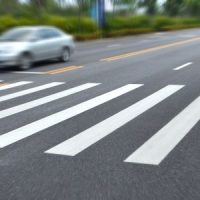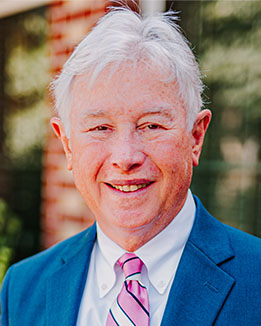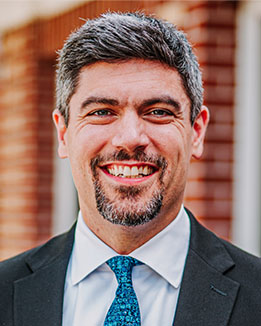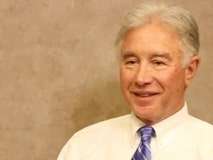Who is More Valuable: A Pedestrian, or People Inside of a Car?

We are gradually coming into a world where cars will drive themselves. When they do, they will not only have to navigate the road, but will have to make moral and ethical decisions that drivers sometimes need to make.
One such decision is the “Hobson’s Choice,” of what to do when faced with injuring a pedestrian on the roadway. Specifically, what should a self-driving car do when faced with the dilemma of whether to just run into, and thus (possibly severely) injure the pedestrian, or whether the car should do whatever is necessary to avoid the pedestrian—but then put the occupants of the vehicle at risk of injury or death?
Choices Have to be Made
In the real world, if this happens, the driver just does whatever is instinctive in the instantaneous moment. Rarely would one criticize a driver for doing one over the other.
But self-driving cars need to be programmed to make these decisions in advance and need to know whether a pedestrian, or the people inside the car, are “more valuable,” and thus get saved if it is a choice between one or the other.
On the one hand, the pedestrian is much more likely to be hurt, being just a person, whereas, people inside the car have the protections of the car itself, and things like airbags or seat belts. On the other hand, there may be more people inside of the car, so numerically, it may make more sense to save or not injure the most people.
The ethical questions get even greater than this—what if it’s not a pedestrian, but an animal that the car is about to hit? Should pedestrian behavior count—that is, should the car opt to save the people inside the car, and hit the pedestrian, if the car “feels” that the pedestrian is not crossing at a crosswalk, or the pedestrian bolts out into the middle of the road?
What Does the Public Think?
Car manufacturers and programmers could ask the public what they think. But that doesn’t yield particularly useful results either. We still aren’t used to cars making these decisions on their own, and we’re not comfortable with it.
Many would say the car should do whatever injures the fewest amount of people. But they don’t want an automatic rule—the occupants of a car still want the ability to have control over the situation.
And despite people wanting to injure as few people as possible, if it is the driver’s child inside the car, and the car risks hitting 4, 5, or 6 pedestrians, the driver of the car may still opt to save his or her child, even though numerically, it makes more sense to avoid the pedestrians.
Were you involved in a pedestrian accident? Call the Knoxville personal injury lawyers at Fox Farley Willis & Burnette, PLLC, for a free consultation.
Sources:
pbs.org/newshour/science/in-a-crash-should-self-driving-cars-save-passengers-or-pedestrians-2-million-people-weigh-in
motortrend.com/features/self-driving-cars-morality-blame-accidents/











